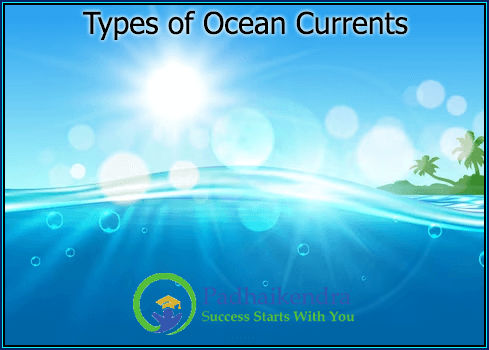There are two main types of ocean currents:
- Surface currents: Surface currents are driven by wind and are located in the upper layer of the ocean. They flow horizontally and can extend to depths of around 100 meters. Surface currents are influenced by the major wind belts, including the trade winds, westerlies, and polar easterlies. Some examples of surface currents include the Gulf Stream, the Kuroshio Current, and the Brazil Current.
- Deep currents: Deep currents, also known as thermohaline currents, are driven by differences in temperature and salinity and are located in the deep ocean. They can take hundreds of years to complete a single cycle and can extend thousands of meters below the ocean surface. Deep currents play a crucial role in redistributing heat and nutrients around the globe. The most well-known deep current is the global conveyor belt, which moves cold, dense water from the Arctic Ocean southward and then brings warmer, less dense water back to the north.
Ocean currents can also be classified based on their location, such as:
- Western boundary currents: These are warm, fast-moving currents located along the western margins of ocean basins. They are typically narrow and deep and can have a significant impact on local climate and weather patterns. Examples include the Gulf Stream and the Kuroshio Current.
- Eastern boundary currents: These are cool, slow-moving currents located along the eastern margins of ocean basins. They are typically wider and shallower than western boundary currents and can influence the productivity of local marine ecosystems. Examples include the California Current and the Benguela Current.
- Equatorial currents: These are warm, eastward-moving currents located near the equator. They are influenced by the trade winds and can be split into two main branches in the Atlantic, Pacific, and Indian Oceans. Examples include the Equatorial Counter Current and the North Equatorial Current.
- Coastal currents: These are surface currents that flow parallel to coastlines and can be influenced by local winds, tides, and coastal topography. Examples include the California Current and the Peru Current.





